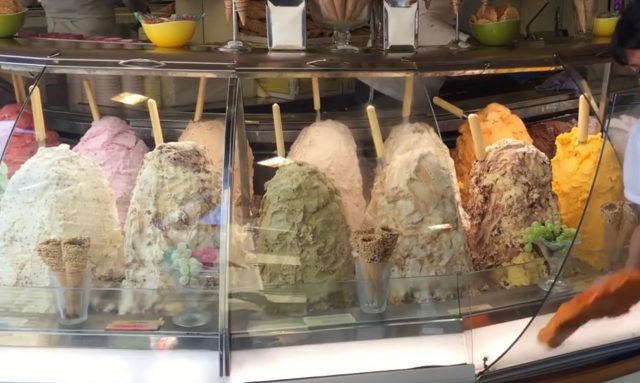Journey to the Metauro with IMT
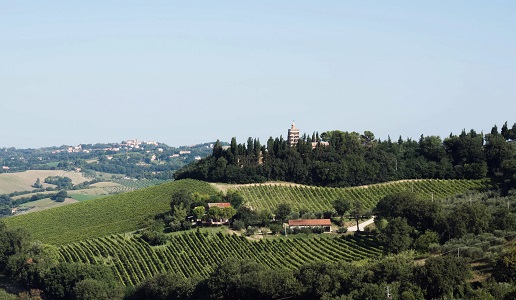
The Istituto Marchigiano Tutela Vini launches the claim Let's Marche and proposes a strategic focus on the excellence of the 16 Marche appellations of origin afferent to the IMT to strengthen the national market.
IMT's signature Marche grand tasting featured 105 wineries and 300 wines from the 16 featured appellations in 3 days: Bianchello del Metauro, Colli Maceratesi, Colli Pesaresi, Esino, I Terreni di San Severino, Lacrima di Morro d'Alba, Pergola, Rosso Conero (Doc and Docg), San Ginesio, Serrapetrona and Vernaccia di Serrapetrona, Verdicchio dei Castelli di Jesi (Doc and Docg), Verdicchio di Matelica (Doc and Docg).
The event "The Magnificent 16" aimed to strengthen the promotion of the region in Italy through food and wine productions, drawing the attention of the national press and presenting the strategies that Marche is applying to develop its Brand thanks also to the new claim "Let's Marche.
"Summing up the conference closing proceedings, light was shed on the importance of wine to the tourism sector and the latter to stimulate the domestic market, and to do this it is necessary to team up.
Bianchello from the sea and Bianchello from the hill
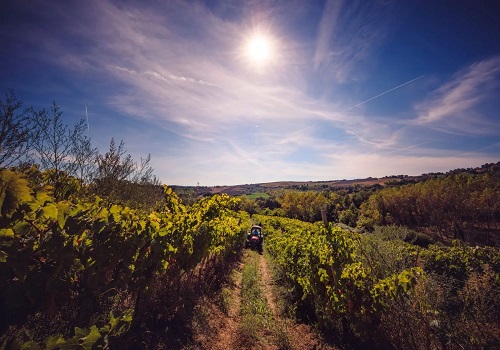 The tour took us to explore the Metauro Valley, the protagonist being Bianchello (also called Biancame, Greco Bianco, Biancuccio), a historic white grape variety from the Marche region that characterizes the wines made from it for light drinking and excellent value for money. Making a significant contribution to the wines is the exposure and proximity to the sea, distinguishing two interesting facets.
The tour took us to explore the Metauro Valley, the protagonist being Bianchello (also called Biancame, Greco Bianco, Biancuccio), a historic white grape variety from the Marche region that characterizes the wines made from it for light drinking and excellent value for money. Making a significant contribution to the wines is the exposure and proximity to the sea, distinguishing two interesting facets.
Along the coast we find medium-textured soils composed of sandstones, clays and limestone. The wineries are located more on the left bank of the Metauro River. The resulting wines have aromas of herbs, marjoram, sage, lime and lime, Angelica pear (small and very sweet). Thanks also to the proximity to the sea and the incidence of iodine the sip is savory, fresh with a slightly almondy finish.
In the hills the soil is composed of clay, sandstone and pebbles, in places red sandstone and tuff. Inland wineries are more concentrated on the right bank, south of the Metauro River. The aromas are reminiscent of yellow peach, grapefruit, cedar, bergamot, orange blossom, dandelion and broom. The palate is more intense and savory than coastal productions.
Bianchello of today: From simple and easy to drink to versatile wine with greater personality and longevity
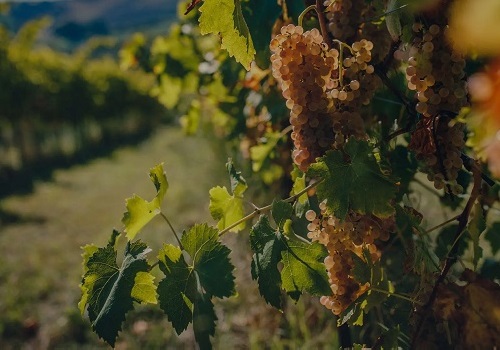
The Bianchello specification calls for four different variants, with a minimum of 95 percent of the grape variety and a maximum of 5 percent Malvasia Bianca Lunga.
The basic version, very varied and sometimes underestimated by the producers themselves, presents a wine with a profile characterized by notes of citrus and white flowers. The Superiore variant, on the other hand, offers a more complex and multifaceted bouquet; it is the wine that most excited me among the tastings.
The Bianchello Spumante, in the Martinotti and metodo classico (minimum 24 months) versions, not much produced although the grape variety lends itself well to this interpretation, stands out for the lively citrus sensation it gives to the palate, while the Bianchello Passito is characterized by sweet notes of acacia honey, dehydrated apricot and sunflower.
What spirit will tomorrow's Bianchello have?
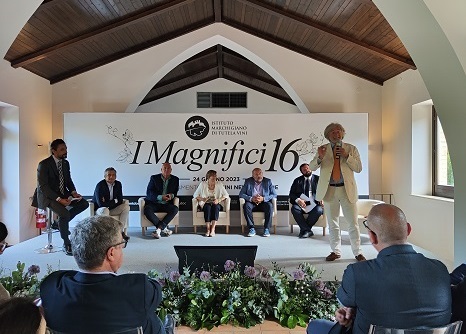
The appointment highlighted the great potential of the Metauro area. Let's start with the wines. The versatility of Bianchello allowed producers to express themselves at their best, reaching a level of quality above expectations for everyone and giving some surprising above-average tastings. This testifies that masterful work is being done both in the care of the vineyards and in the winemaking practices within the winery.
The territory also has a strong identity, its boundaries are defined and clear, and this ease of reading represents a genuine added value in the communicative sphere. Why, then, is there little talk about Bianchello? The reasons are extremely similar to those in many other regions, not only in the Marche: the number of bottles of this wine present in wine shops and restaurants is still few, just as there are few wineries with a structured and seasonally adjusted tourist reception, which reflexively conditions direct-to-consumer sales. Added to this is the perceived value of the product, on the part of the consumer, which is often not congruent with the expectations of those who make wine, and the small production size of the area.
Turning the tide means focusing on the qualitative characters of the product, giving brand value and offering original and attractive buying experiences.
Below are some of the Bianchelli that impressed us. To read the tasting notes click on the name of the wine.
- Bianchello del Metauro Superiore Piandeifiori 2017, Mariotti Cesare
- Bianchello del Metauro Superiore Borgo Torre 2022, Claudio Morelli
- Bianchello del Metauro Superiore Chiaraluce 2021, Crespaia
- Bianchello del Metauro Superiore Rocho 2021, Roberto Lucarelli
- Bianchello del Metauro Doc Superiore Lubác 2020, Bruscia
- Bianchello del Metauro Superiore Campodarchi 2022, Terracruda
- Bianchello del Metauro Superiore Celso 2022, Guerrieri
- Bianchello del Metauro Contessa Costanza 2021, Pagliari Gabriele
On the occasion we also tasted some excellent reds that favorably impressed us, such as Colli Pesaresi Sangiovese Riserva Timòteo 2020 Di Sante; Colli Pesaresi Sangiovese Cardorosso 2019 Il Conventino di Monteciccardo; Colli Pesaresi Focara Pinot Nero Rive 2020 Fattoria Mancini; Vernaculum 2022 Villa Ligi; Colli Pesaresi Riserva Luigi Fiorini 2019 Fiorini; Colli Pesaresi Parco Naturale Monte S. Bartolo Don Basilio 2017 Pisaurum, which we will discuss on a future occasion.

 Italiano
Italiano
























